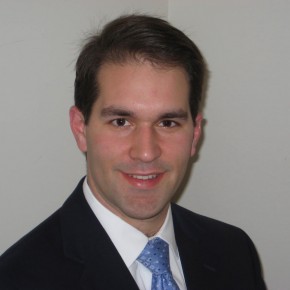
Robohub.org
Robert Morris on “Is open source a good business model for robotics?”
The premise of this question is that robotics companies are manufacturers and that there is choice between an open source and closed source business model. Robotics companies are best thought of as service companies (even manufacturers, especially when moving beyond early adopters) and openness is not an ‘either/or’ choice, but rather a continuum. In this day and age the question is, ‘What do you need to keep open create value for your customers?’
My company, TerrAvion, has been building a data delivery system for our robotics system on Amazon Web Services (AWS). AWS (Question for another day: is AWS a cloud services robot?) is an excellent example of how to think about handling openness. The platform is very open—the essential premise is that the customer can build any kind of web application on AWS they can imagine and code, while never having to buy or run a physical server. Almost everything that could be touched by a customer is open. There are tons of open source re-useable code and tools available freely to developers on AWS.
However, not everything is open. We collect almost a terabyte of data a day when we run our system, so we store a lot of idle data in a sub-service of AWS, called Glacier, which is one of the cheapest ways to store data in the cloud, but it has long retrieval times. Amazon publishes a lot of information about Glacier: speed, redundancy, expected loss over time, retrieval procedures — but nobody knows how Amazon really does it. A magnetic tape storage solution is the most common belief, but there is also speculation that they use retired hard drives that are generally powered off. Not to mention there are a bunch of back-end code and human procedures that remain secret.
In a sense, these tools could be open source. I’d wager that whatever tool AWS uses to run Glacier runs on Linux in an open source language. Some Glacier code may even be shared back with the community in bits and pieces. It wouldn’t be crazy to think that the open software runs with some vendor-sourced proprietary components. However, that whole side of the business is concealed from us. All we know is that AWS’s combination of technology and organization allows them to store data a price almost no one else can match.
Amazon has achieved openness Nirvana. They have a solution that functions as totally open from the customer’s perspective. Customers completely understand how to use, functionally duplicate, hack, and interface with the AWS service. However, at the same time Amazon manages to achieve secrecy and differentiation around their unique advantage, which is having the technology and processes for price leadership.
If robotics is actually a service industry, Amazon’s approach points to the correct way of thinking about the problem of openness. What openness will help your customers? What is it that your company does that is differentiated? What actually enables you to create and maintain that advantage? Robotics can be mostly open source and extract the advantages of unique and differentiated intellectual property. Try on this idea for your domain, and let me know what you think.
tags: c-Business-Finance, cx-Research-Innovation




